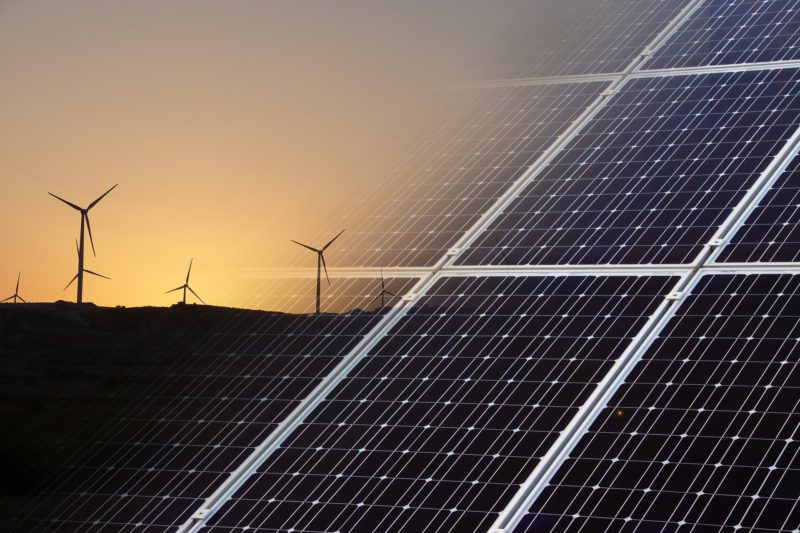The biggest mining names in Chile are tying up long-term renewable energy supply arrangements as power needs trend higher.
Here are statistics that show the importance of mining in Chile. The country is the world’s number one producer of copper, iodine, molybdenum, and rhenium, and the #2 producer of lithium. Mining contributes 10% to Chile’s GDP, while copper constitutes 50% of its total exports.
Unsurprisingly, mining makes up a third of Chile’s total power consumption.
In 2013, Chile, therefore, made it mandatory that all mining operations must source 20% of their power from renewable sources by 2025.
Another factor is at work: Over the years, mining has become more energy-intensive as ore grades decline, and companies reduce groundwater consumption by resorting to desalination, according to bnamericas.
Moreover, while traditional power costs are on the rise, the cost of solar PV technology has declined dramatically over the past decade. When combined with efficiency improvement, it has led to pricing levels lower than 50% of fossil power costs, such as coal and gas.
These trends have led Chilean mining majors to embrace renewable energy in a big way. Here are five marquee renewable energy agreements.
- Enel and Anglo American – 3 TWh commencing 2021
- Minera Antucoya, a subsidiary of Antofagasta Minerals, and ENGIE – 300 GWh commencing 2022
- Zaldívar copper mine and Colbún S.A. – 550 GWh – commencing July 2020
- Lundin’s Candelaria mine and AES Gener – 1100 GWh – commencing 2023
- BHP’s Escondida mine is currently in the late stages of securing a long-term contract for renewable power supply to cover 100% of operations
Renewable energy is no longer just a ‘sustainable’ agenda; it is also about reducing costs and staying competitive, and miners recognize that.
Read the bnamericas article HERE.
Image Source: Pixabay

